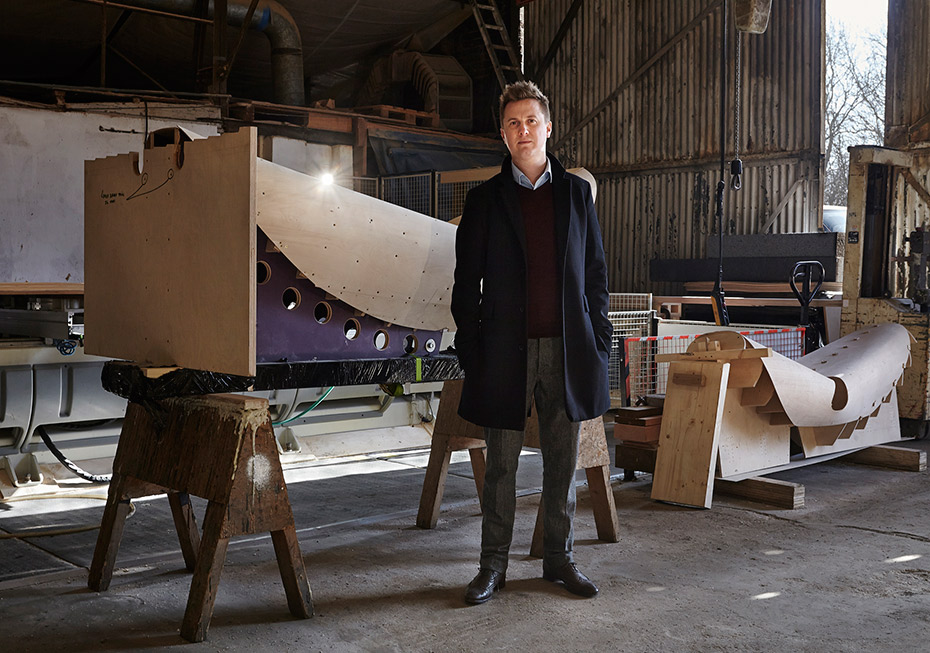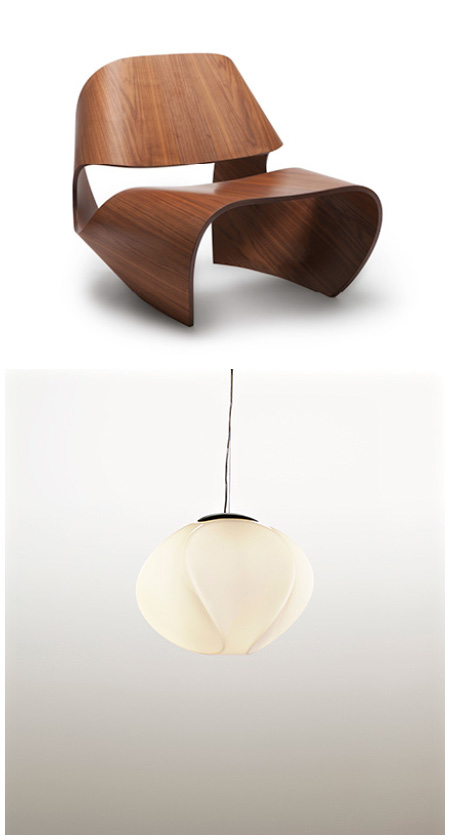Designer Brodie Neill pushes the boundaries of design, materials and technology in Made in Ratio’s second collection

When cutting-edge technology and handcraft meet, the outcomes can be spectacular and unexpected. Australian designer Brodie Neill operates at the confluence of these two practices, producing furniture and lighting that would be impossible to conceive using just a pen and paper. “It’s about getting the best results and identifying the tools you need to make it happen,” says Neill, who launched the first collection of limited edition products, developed under his own Made in Ratio label, last year.
“I learned to design furniture by building furniture”
Neill applies an iterative process of physical model-making and digital manipulation to refine the complex shapes of his products, whilst ensuring they are suitable for manufacturing. “I learned to design furniture by building furniture,” says Neill, whose studio in London’s Clerkenwell is filled with prototypes of all different shapes and sizes. Once he’s happy with the shape of the pieces, he seeks out expert manufacturers across Europe who can translate the digital files into physical form. Pointing to a spiky biomorphic trestle table frame called Supernova, Neill recalls visiting the English foundry where it was made and being astonished “to see such a high-tech thing come from such a rough and rugged process.”
Made in Ratio’s second collection, which debuted at the Milan Furniture Fair in April continues to challenge the boundaries of design, materials and technology. “We’re aiming to build a complete collection, adding complementary functions whilst introducing new forms and materials,” explains Neill. With a biomorphic aluminium barstool and a low stool produced in thermoformed felt made from recycled plastic drinks bottles among the new pieces, Made in Ratio is continuing to explore all the tools and tricks available to 21st century designers.
Below left: Venetian glassblowers produce the complex Cumulus lampshade using a mould made by high-tech computer controlled milling machine




